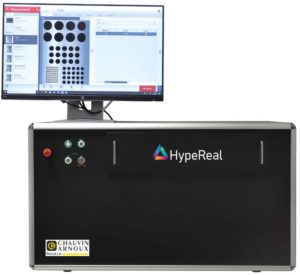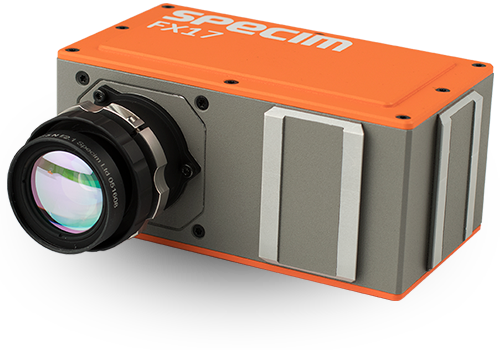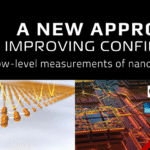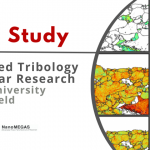
The measurement of powder or lyocake substances is a frequently encountered and demanding task in the pharmaceutical and biotech industry. The Chauvin Arnoux company Indatech solved it with its HypeReal system based on hyperspectral cameras from the Finnish manufacturer Specim.
To optimise their processes and detect counterfeiting of products, pharmaceutical and biotech companies are often faced with the challenge of checking freeze-dried products or powder-like substances and analysing their exact composition. This task is more complicated than it seems at first glance.
“This is especially true if the material is contained in glass vials during the production process and has to be inspected in powder or cake-like lyophilisate form,” explains Fabien Chauchard, who founded the French company Indatech in 2009 together with Dr. Sylvie Roussel. The pharmaceutical expert mentions the fact that the materials to be examined usually have no flat surface, and the substances can be present in different densities as a particular difficulty. So far, if the analysis is to be carried out through a vial, good advice was hard to get.
Chauchard and his team wanted to develop a solution to this problem with a system that was as easy to use as possible, based on a hyperspectral camera. “Our goal was to make the analysis of powder-like substances as easy as operating a photocopier: it should be enough to place a sample on a microtiter plate and click a button to get the results!”
According to Chauchard, a major challenge was to analyse through the glass vials that contain the substances. “We decided to measure the powder-like substances from below because this perspective offers the best overview of a flat surface and the largest possible volume. Checking from the side of the vials usually used in the pharmaceutical and biotech industry would be difficult because of the stickers that are usually placed there to identify the samples. The top view was also out of the question due to the plastic or metal caps used.”
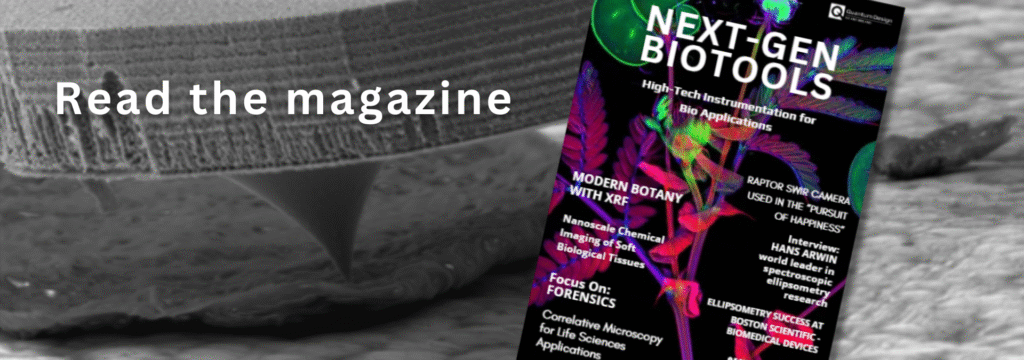
Hyperspectral camera as the key component
As the basic technology for the actual analysis of the materials, Indatech decided early on to use hyperspectral cameras. These cameras work in the near-infrared range (NIR) and, combined with a spectrograph, enable the identification of the spectral characteristics of the substances to be examined by recording their reactions to electromagnetic waves of different wavelengths. Depending on their chemical and molecular composition, substances show different reactions how they absorb, reflect or let light pass through. With the help of suitable classification algorithms, it is possible to evaluate exactly which substances are present after the image has been captured.
When choosing the suitable hyperspectral camera, Chauchard relied on the Finnish manufacturer Specim, with whom he already had a good experience in various projects for about 15 years.
“The camera is at the heart of such a system. Its quality is crucial for the accuracy of the results that can be achieved with the analysis, which is why we turned to Specim for the implementation of this system. Since our analyser should be as small as possible, we looked for a compact and powerful camera. We quickly identified the Specim FX17 as a good candidate for our application after competent advice from experts at Specim.”
Read the rest of the case study here



